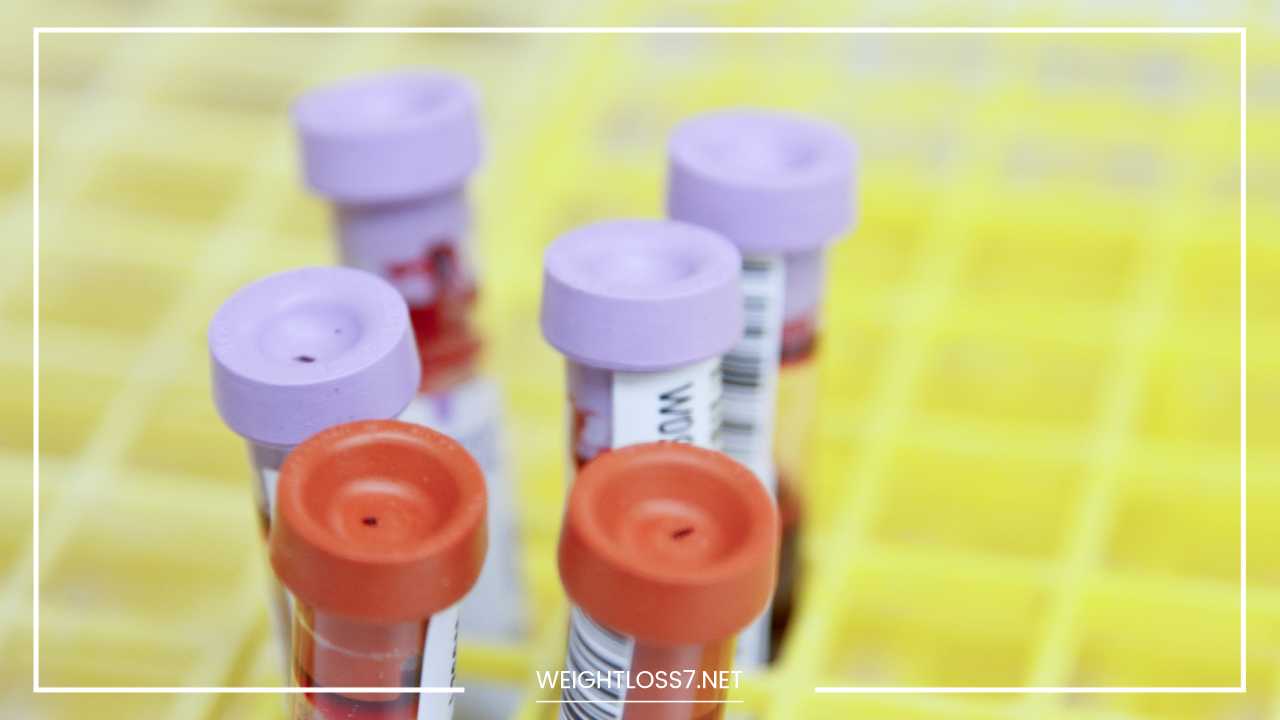Cord Blood Banking: Benefits, Options & Considerations

Cord Blood Banking
Cord Blood Banking: A Comprehensive Guide for Expectant Parents
Congratulations! You’re embarking on the incredible journey of parenthood. Amidst the excitement of choosing a name, decorating the nursery, and preparing for your little one’s arrival, a decision you might encounter is cord blood banking. But what exactly is it, and should you consider it?
This comprehensive guide delves into the world of cord blood banking, equipping you with the knowledge to make an informed choice for your family.
Understanding Cord Blood: A Treasure Trove of Potential
The umbilical cord and placenta, which nourish your baby during pregnancy, are discarded after birth. However, within them lies a hidden treasure – cord blood.
This rich, primitive blood is teeming with hematopoietic stem cells (HSCs). Unlike specialized cells with a defined function, HSCs are like blank slates.
They have the remarkable ability to transform into various mature cell types, including red blood cells, white blood cells, and platelets. This unique property makes cord blood a potential source of regenerative medicine for a range of conditions.
The Power of Stem Cell Therapy: A Beacon of Hope
Stem cell therapy, a rapidly evolving field of medicine, harnesses the potential of stem cells to treat and potentially cure various diseases. Cord blood stem cells, specifically, hold immense promise due to several advantages:
- Younger and More Flexible: Compared to adult stem cells, cord blood stem cells are younger and more “naive.” This youthful state translates to a greater ability to differentiate into specialized cell types and potentially lower risk of rejection by the recipient’s body.
- Reduced Risk of Graft-versus-Host Disease (GVHD): GVHD is a serious complication that can occur after a stem cell transplant when the donated cells attack the recipient’s tissues. Cord blood stem cells have a lower risk of causing GVHD due to their immunological immaturity.
- Wider Matching Potential: Finding a perfect match for stem cell transplantation can be challenging. Cord blood stem cells have a more relaxed immune system compared to adult stem cells. This allows for a broader range of potential matches, increasing the likelihood of finding a suitable donor for patients in need.
Exploring the Options: Public vs. Private Cord Blood Banking
With the potential benefits of cord blood therapy in mind, you have two main options for cord blood banking:
- Public Cord Blood Banking: This altruistic option involves donating your child’s cord blood to a public bank. The cord blood is then added to a national or international registry, accessible to patients worldwide in need of a stem cell transplant. Public cord blood banking allows your child’s cord blood to potentially become a life-saving gift for someone battling a blood disorder or other condition treatable with stem cell therapy.
- Private Cord Blood Banking: Here, you choose to store your child’s cord blood for their own future use or that of a close family member. Private cord blood banks typically charge a collection, processing, and storage fee. This option provides the potential for a readily available source of stem cells if your child or a family member needs a transplant in the future.
Unveiling the Benefits: Why Consider Cord Blood Banking?
While research is ongoing to fully unlock the potential of cord blood stem cell therapy, here’s a closer look at some potential benefits that might influence your decision:
Potential for Lifesaving Treatment: For individuals diagnosed with blood disorders like leukemia, lymphoma, or sickle cell disease, a stem cell transplant using cord blood stem cells could offer a second chance at life.
Reduced Risk of GVHD: The lower risk of GVHD associated with cord blood stem cell transplants can lead to a smoother recovery for patients.
Future Applications: Stem cell therapy is a burgeoning field with immense potential. Cord blood stem cells are being explored for their potential use in treating various conditions beyond blood disorders, such as neurodegenerative diseases, autoimmune diseases, and even heart disease.
Considering the Realities: Weighing the Factors
Before making a decision, it’s crucial to weigh the pros and cons of cord blood banking:
- Cost: Public cord blood banking is a cost-free option. Private cord blood banks, however, charge a collection fee (typically ranging from a few hundred to several thousand dollars), an annual storage fee (often ranging from $100 to $200), and sometimes a renewal fee.
- Success Rates: The chance of your child needing to use their own cord blood is statistically low, estimated to be around 0.04-0.16%. However, the possibility exists, and cord blood banking offers a readily available source in such a scenario.
- Matching Probability: If your child does require a stem cell transplant, there’s a chance their private cord blood may not be a perfect match. Public cord blood banks offer a wider pool of potential matches, increasing the likelihood of finding a suitable donor.
- Storage Duration: Public cord blood banks may have shorter storage durations (typically 10-15 years) compared to private banks (often offering storage for 20 or more years). This is due to public banks needing to manage resources and prioritize cord blood with the highest transplant potential.
- Ethical Considerations: Public cord blood banking allows your child’s cord blood to potentially help someone in need, regardless of background or socioeconomic status. Private cord blood banking benefits your immediate family, but the potential to help a broader range of individuals is foregone.
Embarking on an Informed Journey: Making the Right Decision
Ultimately, the decision of whether or not to bank your child’s cord blood is a personal one. There’s no single “right” answer. By understanding the benefits, drawbacks, and different options available, you can make an informed choice that aligns with your values and goals for your family. Here are some tips to guide you:
- Consult Your Doctor: A valuable first step is discussing cord blood banking with your doctor or midwife. They can address your specific medical situation, answer any questions you may have, and help you weigh the pros and cons based on your family history and risk factors.
- Research Public and Private Banks: If you’re leaning towards private banking, research different cord blood banks. Compare factors like collection fees, storage costs, accreditation status, and success rates in facilitating stem cell transplants. Look for banks accredited by organizations like AABB (American Association of Blood Banks).
- Consider Family History: If you or your family has a history of blood disorders or other conditions potentially treatable with stem cell therapy, cord blood banking might be a more attractive option.
Beyond the Basics: Exploring Additional Considerations
While the core aspects of cord blood banking are covered, here are some additional factors to ponder:
- Sibling Cord Blood Banking: If you plan on having more children, consider sibling cord blood banking. Siblings have a higher chance of being a good match for cord blood stem cell transplants.
- Directed Donation: This option allows you to designate a specific recipient for your child’s cord blood, such as a close relative with a known medical condition.
- Alternative Stem Cell Sources: Bone marrow and peripheral blood stem cells are other sources used in stem cell transplants. While cord blood offers advantages, it’s important to be aware of these alternative options.
The Evolving Landscape of Cord Blood Banking: Staying Informed
The field of cord blood banking is constantly evolving. Here are some ways to stay updated:
- Reputable Organizations: Follow news and updates from organizations like the American Academy of Pediatrics (AAP), Cord Blood Registry, and Be The Match (National Marrow Donor Program). These organizations provide reliable information and resources on cord blood banking and stem cell therapy.
- Clinical Trials: Research on cord blood stem cell therapy is ongoing. Clinical trials testing the effectiveness of cord blood in treating various conditions are being conducted. Staying informed about ongoing research can give you a glimpse into the potential future applications of cord blood banking.
The Human Connection: Exploring the Emotional Aspects of Cord Blood Banking
Beyond the scientific considerations, cord blood banking also carries emotional weight for expectant parents. Here’s a deeper look at the human connection:
-
Hope for the Future: Cord blood banking embodies the hope for a healthy future for your child and potentially for others. It represents a proactive approach to healthcare, offering a potential safety net in case of unforeseen medical challenges.
-
A Gift of Life: Public cord blood banking allows your child’s cord blood to potentially become a life-saving gift for someone in need. This act of altruism can foster a sense of connection to a broader community and the opportunity to make a positive impact.
-
Peace of Mind: For some parents, cord blood banking offers peace of mind. Knowing that a readily available source of stem cells exists, in case of future medical needs, can provide a sense of security and preparedness.
-
Navigating Uncertainty: The decision of whether or not to bank cord blood can be a source of anxiety for some parents. Open communication with your partner, healthcare providers, and trusted family members can help alleviate these anxieties and guide you towards a decision that feels right.
Addressing Common Concerns: Dispelling Myths and Misconceptions
Several misconceptions surround cord blood banking. Here’s a chance to address some of the most common concerns:
-
Myth: Cord blood collection is painful for the mother or baby.
-
Reality: Cord blood collection is a painless procedure performed after the delivery of the placenta. It does not interfere with childbirth and poses no risk to the mother or baby.
-
Myth: Cord blood is guaranteed to be a perfect match for my child.
-
Reality: The chance of a child needing their own cord blood is statistically low. Even in private banking, there’s no guarantee the child’s cord blood will be a perfect match. However, it eliminates the need to search for a matching donor in a critical situation.
-
Myth: Cord blood banking is a financial burden for everyone.
-
Reality: Public cord blood banking is a free option. While private banking comes with costs, some cord blood banks offer payment plans or discounts for families facing financial limitations.
A Look Ahead: The Future of Cord Blood Banking
The field of cord blood banking is on a trajectory of continuous development. Here are some exciting possibilities on the horizon:
-
Improved Storage Techniques: Advancements in cryopreservation technology could lead to longer storage durations for cord blood, potentially extending the viability of stem cells.
-
Enhanced Matching Techniques: Ongoing research aims to refine matching algorithms, allowing for a wider range of compatible cord blood stem cell donors, further increasing the success rates of stem cell transplants.
-
Cord Blood Banking and Gene Editing: The burgeoning field of gene editing holds promise for manipulating cord blood stem cells to address specific genetic disorders, potentially offering personalized medicine solutions.
In conclusion, cord blood banking presents a unique opportunity for expectant parents. By delving into the potential benefits, drawbacks, and various options available, you can make an informed decision that aligns with your values and aspirations for your growing family. Remember, this guide serves as a starting point for your exploration.
Consulting with your healthcare provider and conducting further research specific to your circumstances will empower you to make the best choice for your loved ones.

















